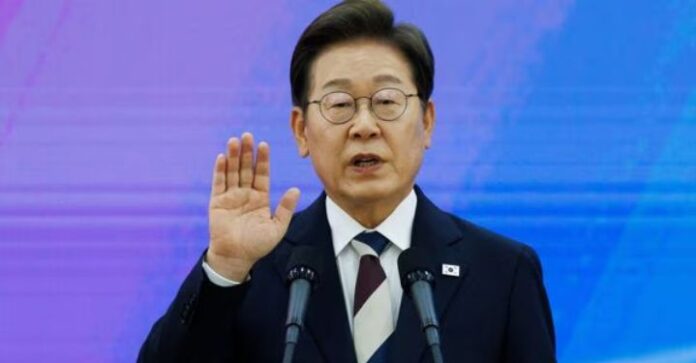As Lee Jae-myung takes the presidential helm of South Korea, the challenges he faces are not just routine growing pains of leadership—they are a perfect storm. From navigating tense international relations with North Korea and unpredictable diplomacy with former U.S. President Donald Trump, to steering a sputtering economy, Lee’s leadership will be tested from day one.
Inherited Diplomatic Dilemmas
Perhaps no issue looms larger than relations with North Korea. Despite years of thawed and re-frozen dialogue, the peninsula remains divided by both ideology and artillery. North Korean leader Kim Jong-un has continued to advance his nuclear weapons program, even amid mounting international sanctions. Lee’s approach sharply contrasts with his conservative predecessors; he favors engagement over confrontation, echoing the “Sunshine Policy” of past progressive leaders.
However, this stance isn’t without its critics. Skeptics argue that without firm leverage or international pressure, diplomacy alone may amount to appeasement. Lee has said, “Peace is not achieved through superiority, but mutual understanding,” signaling a pivot to dialogue that will require patience and political capital—both in Seoul and Washington.
The Trump Factor
Though out of office, Donald Trump remains a wildcard in Korean affairs. His abrupt meetings with Kim, criticism of U.S.-South Korea military drills, and tariff policies have left a lasting impact. Lee must now recalibrate the alliance with the United States—both to shield South Korea’s security interests and ensure stable economic cooperation.
Lee has expressed a pragmatic willingness to work with American leaders from either party, including Trump if he returns to office. “Korea’s interest transcends personalities,” Lee remarked recently, noting the necessity of a consistent U.S. foreign policy toward the Korean Peninsula.
Economic Recovery Mission
The South Korean economy, once a high-tech juggernaut, now shows troubling signs of stagnation. Household debt has reached record highs, youth unemployment is soaring, and key industries—especially semiconductors and automotive—are feeling the squeeze of global supply chain disruptions and foreign tariffs. Much of the latter stem from protectionist policies under the Trump administration.
Lee’s economic policy centers around inclusive growth. A bold proposal for a universal basic income (UBI), funded through digital taxes and restructuring corporate subsidies, lies at the heart of his domestic agenda. Critics argue that it could fuel inflation and overburden public debt, but Lee insists it’s time to “redefine welfare as a tool for productivity, not just aid.”
Additionally, he plans to invest heavily in renewable energy, digital innovation, and AI, aiming to reposition Korea at the forefront of the Fourth Industrial Revolution.
Political Climate at Home
While Lee’s Democratic Party holds a legislative majority, his presidency is already being watched through a microscope. His past controversies—including land development scandals and accusations of populism—still shadow his image. However, his strong mandate suggests voters are ready for change after the authoritarian overreach of former President Yoon Suk-yeol, who was removed after declaring martial law amid protests.
Now, with power centralized and political capital in hand, Lee has the rare opportunity to implement reform swiftly. But how he uses that power—particularly in navigating economic recovery and foreign policy—will determine whether his presidency marks a turning point or a missed opportunity.

